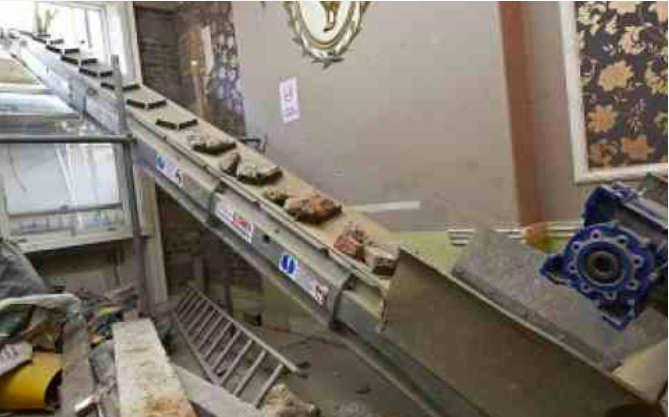- Amanda
- February 18, 2020
How to select the right conveyor

Conveyors come in all shapes and sizes and they play an important role in moving a vast range of materials to, from and across sites, some of which have special requirements or restrictions.
Acquiring the right conveyor system
Sometimes it’s easy to know exactly which conveyor you need but there may be times when you’re really not sure if a conveyor will actually get your job done or which conveyor you need, which length, belt width, belt speed its best or which incline will fit the bill.
With many years experience of hiring and selling conveyors to a wide range of customers, all of whom use conveyors for all different reasons and applications, the Coveya team are on hand to offer the advice, support and guidance you need, helping you to find a conveyor that is fit for purpose and which will simply get the job done.
Whether you need a conveyor to handle bulk materials, for a constrained site, one to reach a specific incline or a portable, static or modular conveyor, taking the time to speak to experts that can help you to find exactly what you need means you will save time and potentially money.
From free onsite visits to reviewing your site plans, asking the questions that need to be asked to find the right system for you and lots of practical insight and experience, it’s easy for us to help you make the right conveyor choice.
If you are looking for a conveyor and you’re not sure what you need, call us on 0800 915 9195. We are here to help.


